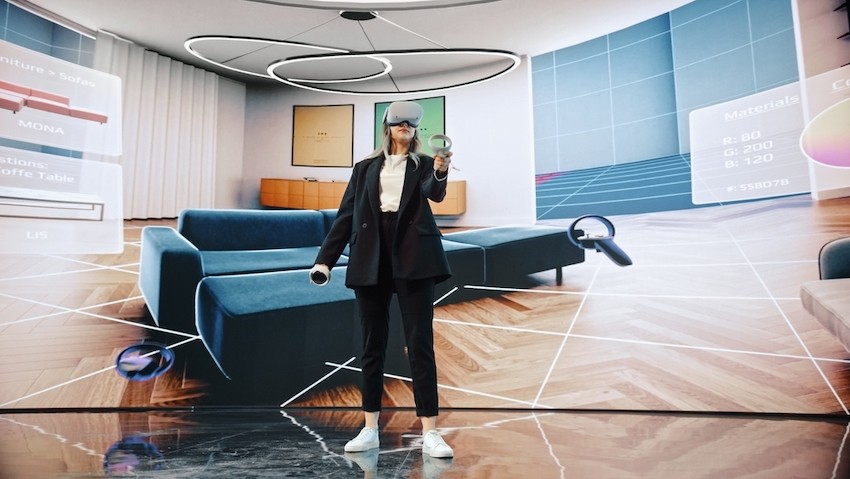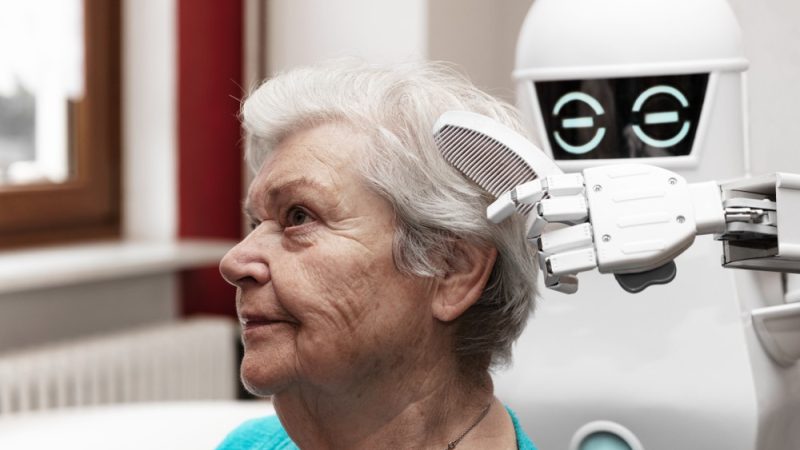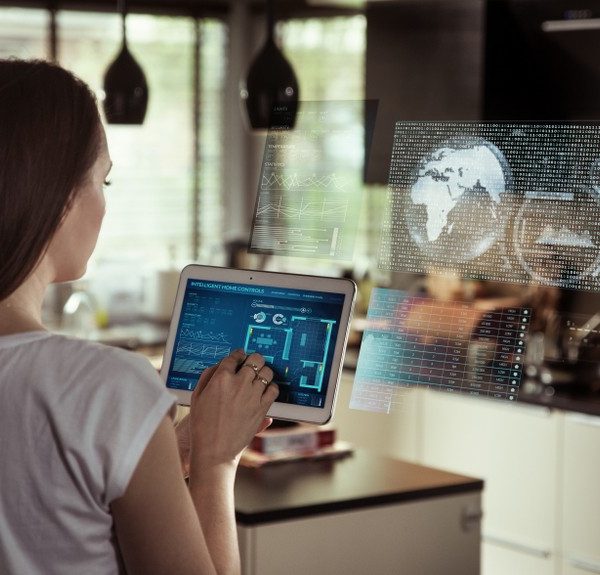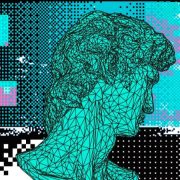
AI in Interior Design: The Future of our Homes?
Artificial intelligence (AI) is rapidly changing the way many industries operate, and the interior design industry is no exception. AI-powered tools are helping designers to create unique, personalized designs at a faster pace than ever before. In this article, we will explore how AI is transforming the interior design industry and what it means for the future of design.
How Can AI Help the Interior Design Industry?
AI has a lot of potential to help the interior design industry in several ways. One of the most significant advantages is the speed at which it can work. By using machine learning algorithms, AI-powered tools can quickly analyze data, identify patterns, and generate ideas that would take human designers much longer to come up with.
Speed up the Work Process
AI-powered tools can speed up the design process by generating design ideas and concepts automatically. For instance, AI can quickly analyze customer preferences, existing interior design trends, and other factors to generate a preliminary design idea that the designer can then refine.
LiDAR Advantages
Another significant advantage of AI in interior design is the ability to use LiDAR (Light Detection and Ranging) technology. LiDAR can create a 3D model of a space, including measurements, angles, and other details. This makes it easier for designers to visualize a space and create accurate floor plans, which can be helpful for clients who want to see how their finished space will look.
Personalized Designs
AI can also help designers create more personalized designs for clients. By analyzing customer data such as preferences, purchase history, and other factors, AI-powered tools can create designs that are tailored to individual needs and tastes. This can help designers build stronger relationships with their clients and create designs that meet their specific needs.
Virtual Reality and Augmented Reality

Artificial intelligence can also help interior designers create immersive experiences for their clients. By using virtual reality (VR) or augmented reality (AR) technology, designers can create lifelike simulations of a space, allowing clients to see how the finished design will look and feel before any work is done. This can help clients make more informed decisions about their design choices and ensure that they are satisfied with the finished product.
Capability of Learning and Self-improvement
One of the most exciting aspects of artificial intelligence in interior design is its capability for learning and self-improvement. As designers use AI-powered tools more frequently, the tools can learn from their decisions and improve over time. This means that AI-powered tools will become more accurate, generate better design ideas, and make the design process even faster.
AI-Powered Design Tools
AI-powered design tools are revolutionizing the way interior designers work. These tools are designed to automate tasks that would typically require a significant amount of time and effort from a human designer. With the help of machine learning algorithms, these tools can quickly analyze data, identify patterns, and generate design ideas that would have taken a human designer much longer to produce.
These tools can also learn from the decisions of the designer and improve over time, becoming more accurate and generating better design ideas. Some popular AI-powered design tools for interior designers include SketchUp, Autocad, and 3D Max. These tools can help designers create 3D models and floor plans quickly and accurately, making it easier for clients to visualize their finished space.
In addition, AI-powered tools can create immersive experiences using virtual reality and augmented reality, allowing clients to experience the space before any work is done. The use of AI-powered design tools is making the design process faster, more efficient, and more personalized than ever before, and as the technology continues to evolve, we can expect to see even more exciting developments in the field of interior design.
Conclusion
The use of AI in interior design has the potential to transform the industry, making it faster, more efficient, and more personalized than ever before. AI-powered tools such as LiDAR, VR, and AR can help designers create accurate floor plans, immersive experiences, and personalized designs for their clients. As AI continues to improve, we can expect to see even more exciting developments in the interior design industry.




















